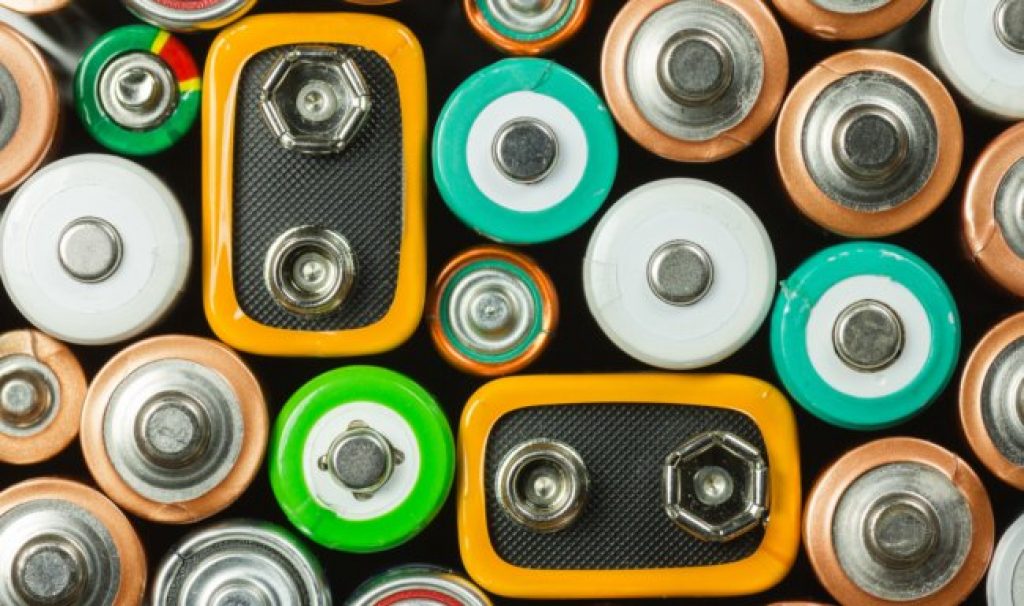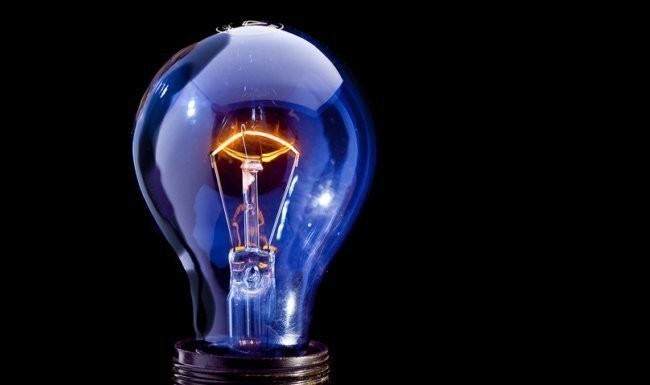
AsianScientist (Jun. 29, 2015) – Each winter in China, blankets of thick smog from coal burning and vehicles form over many northern cities—lifespan-shortening industrial pollution. Meanwhile, demand for energy in fast-growing Southeast Asia is set to rise a whopping 80 percent between 2013 and 2035, estimates an International Energy Agency report.
For a whole variety of reasons—cleaner air, energy security and sustainability, among others governments across the region have set ambitious targets to ramp up renewable energy use here. For instance, Indonesia and Thailand aim to get a quarter of their energy from renewables by 2025.
Most assume renewable energy to be incredibly expensive. But with today’s technology advances, the cost of electricity from some types of renewables has actually dropped below conventional electricity. In 2012, the cost of installing and maintaining solar panels in Singapore fell to about the same price as conventional retail electricity for large projects.
But if the proportion of electricity from renewables goes up, what happens when clouds cover the sun, or the wind dies down?
Storage at the superscale
Fossil fuels like oil, coal and natural gas are themselves energy-dense and relatively easy to store as solids or liquids till they are needed. But the sun doesn’t shine all the time, nor does wind blow consistently. So the electricity generated by these intermittent sources must be captured and stored to smooth out generation and match electricity supply with demand.
There are tried-and-true forms of energy storage at large scale, explained Professor Michael Quah, director of the National University of Singapore Energy Office. These include pumped hydro, which uses spare electricity to pump water uphill and power a turbine as it flows back down; and compressed air energy systems, where pressurized air is stored in underground caverns and heated to power a turbine.
But to store the gigawatt-hours worth of grid-scale energy, a durable, large-scale energy storage system is needed, and redox-flow batteries could potentially fit the bill.
“Redox-flow cells are the most cutting-edge for large-scale systems, and the obstacles are scale-up and cell-to-cell consistency and quality control,” said Quah.
For most batteries, the total volume of electrolyte within the battery defines the amount of energy that can be stored. In redox-flow cells, energy is stored in big tanks outside the flow cell, effectively allowing for large-scale energy storage, and capacity is easily boosted by simply adding more electrolyte solution.
In 1984, researchers at the University of New South Wales in Australia began studying redox-flow cells that use compounds containing the element vanadium. Over the last two decades or so, Japanese firms like Sumitomo Electric Industries have scaled up the output of redox-flow cells to a few megawatt hours. Today, research continues to lower costs and increase the energy density of these cells, while US electric vehicle firm Tesla has even designed a home battery system for domestic use.
Batteries on the move
Meanwhile, as the demand for motorised transport rises throughout developing Asia, so will the need for electric vehicles. But today’s lithium-ion batteries used in laptops and hybrid cars last just a few years—their charge declines with time and use as their electrodes degrade.
As a promising alternative to the current lithium-ion batteries that are typically made from lithium cobalt oxide, Nanyang Technological University (NTU) researcher Associate Professor Chen Xiaodong has devised a battery electrode material that incorporates nanotubes of titanium dioxide. (Yes, titanium dioxide—the white stuff used in sunscreens.)
At the nanoscale, chemical reactions are vastly sped up, which allows for much faster charging. The electrodes made out of nanotubes are also more durable, extending battery lifespan to a potential 20 years. Chen, who published the research in the journal Advanced Materials in 2014, is looking to build a larger-scale battery prototype for commercial use.
NTU researchers are also studying the performance of next-generation battery electrode materials such as metal vanadium phosphates, with promising properties such as greater durability and faster charging. Still others are looking at fuel cells and better catalysts for producing hydrogen faster and more cheaply.
“For a hydrogen supply and storage breakthrough, the top catalysts being considered are the transition metal groups—manganese, zinc, cobalt, nickel and tungsten,” said Professor Subodh Mhaisalkar, executive director of NTU’s Energy Research Institute (ERI@N).
No one battery fits all
Whether used in grid-scale storage systems, batteries for transportation or other applications, energy storage solutions must be adapted to specific environments and conditions.
For instance, batteries must safely withstand very high temperatures in tropical climates, and must deal with the problem of thermal management—how to more effectively channel away the heat produced during charging so that the batteries are not damaged.
Some types of energy storage, such as portable lithium batteries, are more appropriate for dense urban environments due to their compact size, while in rural areas, a microgrid that enables a village to rely less on unreliable national-grid power might be more suitable.
And of course, energy storage in and of itself is only as green as the source of the energy, and must go hand in hand with other advances like increasing energy efficiency and cutting the weight and drag of vehicles.
All these concerns need to be addressed by investments into long-term research and development, said Quah, but fast-growing economies in Asia often give priority to other investments with quicker returns than energy. As long as fossil fuels are comparatively cheap, the status quo will always be more attractive, he added.
Whether or not policy makers and the private sector take the bite, those who are already working on energy storage solutions such as redox-flow cells and titanium dioxide nanotubes will likely continue their research, in the hope that their devices will someday be a catalyst for change.
This article was first published in the print version of Asian Scientist Magazine, July 2015.
———
Photo: Shutterstock.
To read more, subscribe to Asian Scientist Magazine in print and receive four issues of Asian Scientist Magazine delivered directly to your mailing address for 12 months, inclusive of taxes and postage.












